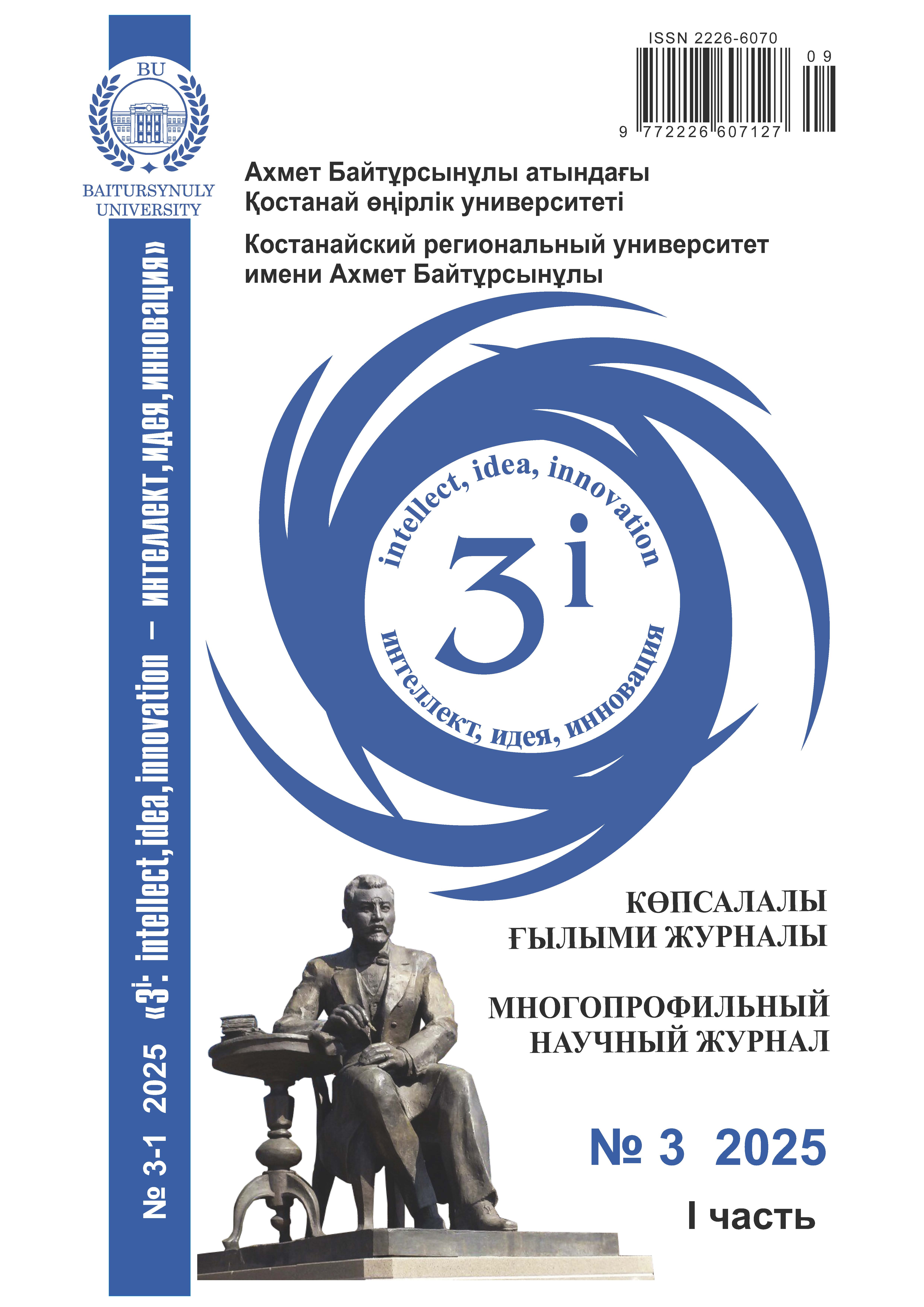FEATURES OF THE FORMATION OF THE ABOVEGROUND MASS AND LEAF SURFACE OF OILSEED FLAX DEPENDING ON THE TIMING OF SOWING AND FERTILIZERS IN THE CONDITIONS OF THE ZONE OF NORTHERN KAZAKHSTAN
DOI:
https://doi.org/10.52269/KGTD2531234Keywords:
linseed flax, leaf surface, aboveground biomass, NDVI, fertilizersAbstract
The article deals with the influence of sowing dates and mineral nutrition on the formation of leaf surface and aboveground mass of oilseed flax in the conditions of Northern Kazakhstan. The purpose of the research is to determine the optimal agro-technological parameters that contribute to the increase of photosynthetic photosynthetic potential and aboveground biomass of oilseed flax, and as a consequence, the yield of the crop. The study was conducted at the North Kazakhstan Agricultural Experimental Station in 2023-2024. During the study, field experiments were laid with different options for sowing dates (first and second ten days of May) and fertilizers (control, NPKS, NPKS + urea) on different backgrounds - fertilized (P90) and unfertilized (P0).
The studies have shown that regardless of the climatic conditions of the year, fertilizers contributed to an increase in the yield of oil flax in all variants relative to the control, however, it should be noted that the wetter 2024 year showed a greater return on fertilizers. Positive correlations were found between the NDVI index and yield (r = 0.80) and dry matter accumulation and yield (r = 0.36). The use of fertilizers had a positive effect on the growth and development of flax plants, the first sowing date stood out, the maximum yield in 2024 was obtained with the combined use of NPKS + urea on an unfertilized background of 13.3 c / ha and on a fertilized background of 16.2 c / ha, under dry weather conditions, the highest yield was at the second sowing date in the variant with the use of NPKS.
The analysis showed that the use of complex nutrition in combination with early sowing dates contributes to an increase in yield by 7-10%. The identified patterns can be used in the development of adaptive technologies for flax cultivation in the regions of Northern Kazakhstan.




